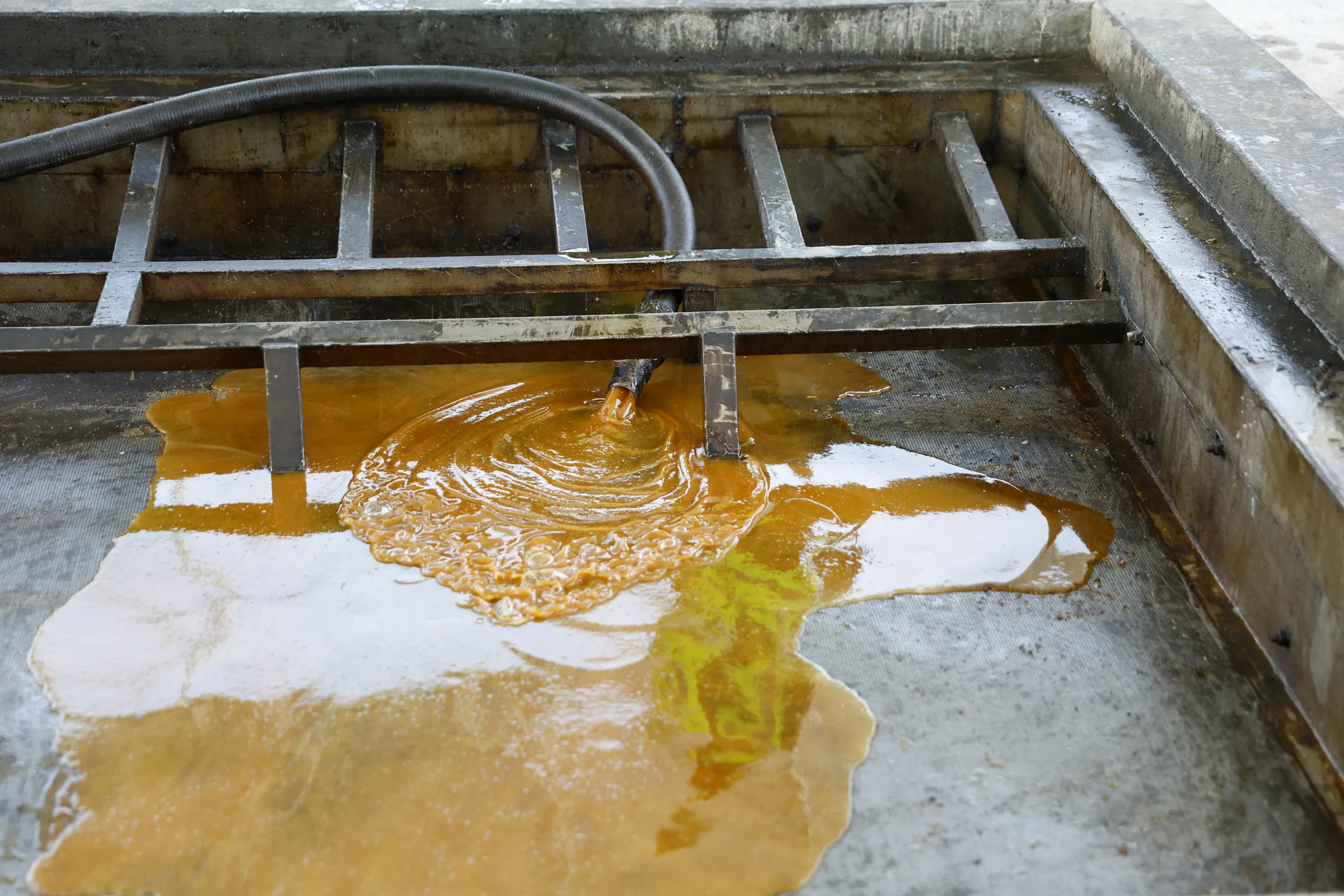India's biofuel drive pecks at chicken farmer profits

A worker unloads chickens from a truck at a poultry market in Mumbai, India, June 1, 2015. REUTERS/Danish Siddiqui
What’s the context?
As India's ethanol push diverts more maize for fuel, small egg and chicken producers feel the squeeze.
- Maize prices climb sharply in India on ethanol push
- Poultry farmers squeezed by feed price hike
- India now imports maize after years of exporting
NEW DELHI - In Ghazipur, a small town tucked along the Ganges river in north India, farmer Satyadev Prajapati is counting fewer eggs hatched by his 350 free-range hens as the price of their feed soars by 40%.
India's fast-expanding biofuel programme, meant to cut oil imports and their emissions, has ratcheted up competition for maize, and small poultry producers like Prajapati are bearing the brunt.
"If maize prices go up, but the price of eggs doesn't, it hits us directly," he told Context by phone.
The Indian government wants every litre of petrol sold across the country to be a mix of 20% ethanol fuel by the end of 2025. Maize, alongside sugarcane, is a key feedstock in the biofuel.
But the increase in ethanol production is diverting the food crop from traditional uses like livestock feed - impacting millions of small poultry farmers who rely on maize to raise their birds.
Cleaner fuel
For a country seeking energy security and lower emissions, blending ethanol fuel made with petrol before it reaches consumers saved India about 1.06 trillion rupees ($12.37 billion) in crude oil import costs between 2014 and 2024, according to Indian government data.
It also helped avoid 54.4 million metric tonnes of planet-heating carbon dioxide emissions in the same decade, government data showed. This is roughly the equivalent of about 12 million gasoline-powered cars a year, according to a calculator from the U.S. Environmental Protection Agency.
Maize-based ethanol production has risen from 1 million metric tonnes in 2022 to more than 6 million metric tonnes in 2024 and is expected to jump to about 11 metric tonnes by the end of 2025, according to maize feed industry estimates shared with Context.
Ethanol production now uses about a third of the total maize grown in India, putting it in a direct competition with the poultry sector, which consumes about 60% of India's maize, the document showed.
Rajeev Ranjan, a maize supplier to both ethanol plants and poultry feed mills, said prices have risen more than 20% in the past year.
"Any fluctuation in maize availability or cost directly affects poultry feed prices," said Suresh Deora, former chairman of the Compound Livestock Feed Manufacturers' Association of India.
With egg prices set by market demand, small farmers cannot easily pass on rising costs.
Once a net maize exporter, India is now being forced to import the grain to stabilise domestic supply, Reuters reported.
India's current demand for maize, including for fuel, liquor and industrial uses, already exceeds production, said Ramya Natarajan, a research scientist at the Centre for Study of Science, Technology and Policy (CSTEP), an Indian think tank.
Meeting the 20% ethanol target will require diverting land roughly seven times the size of New York City to grow enough biofuel crops, according to an analysis from CSTEP.

Used oil is dropped into a reactor at Lootah Biofuels factory, in Dubai, United Arab Emirates, March 14, 2024. REUTERS/Rula Rouhana
Used oil is dropped into a reactor at Lootah Biofuels factory, in Dubai, United Arab Emirates, March 14, 2024. REUTERS/Rula Rouhana
Few cushions
Prajapati said spiralling costs and lower egg production have led him to resort to cheaper, lower quality feed, which further hurts the number of eggs his chickens lay.
He and other small poultry farmers are already dealing with diseases, a lack of access to credit and heatwaves that reduce egg yields and increase bird mortality.
In the neighbouring district of Varanasi, Prince Rajput, a feed and chick supplier, said maize price hikes have shrunk his margins too.
He warned that small farmers have little room to cushion these shocks, and rising costs may squeeze them out entirely. Unlike large producers, they cannot hedge against inflation or negotiate supply deals.
"Poultry doesn't seem to be a priority sector for the government," Rajput said. "Even getting loans is difficult."
For now, farmers and feed manufacturers are urging the government to increase maize cultivation and restrict its use in ethanol.
Government departments responsible for poultry, maize and biofuel production did not respond to requests for comment.
Experts say one potential solution could be new biofuel technologies.
While the vast majority of biofuels are made from food crops like maize, second-generation, or 2G, ethanol uses crop residues and non-food biomass, which could reduce the strain on food systems.
If 2G ethanol becomes commercially viable, it could help India meet its blending targets without compromising food security or land-use change, Natarajan said.
She added that the government could encourage the shift by limiting the land and water footprint of ethanol production and offering a clearer definition of what counts as "sustainable ethanol."
(Reporting by Bhasker Tripathi; Editing by Ayla Jean Yackley.)
Context is powered by the Thomson Reuters Foundation Newsroom.
Our Standards: Thomson Reuters Trust Principles
Tags
- Clean power
- Fossil fuels
- Energy efficiency
- Agriculture and farming

















